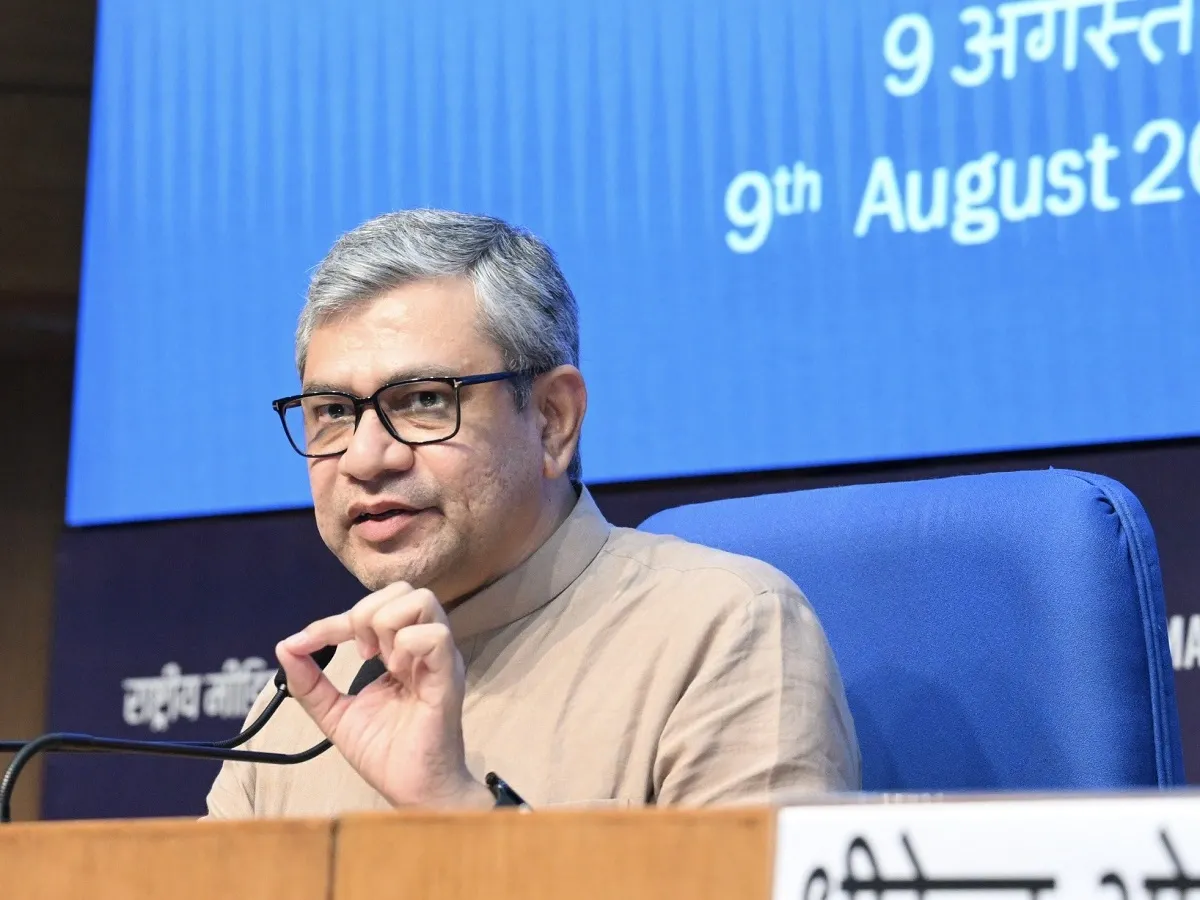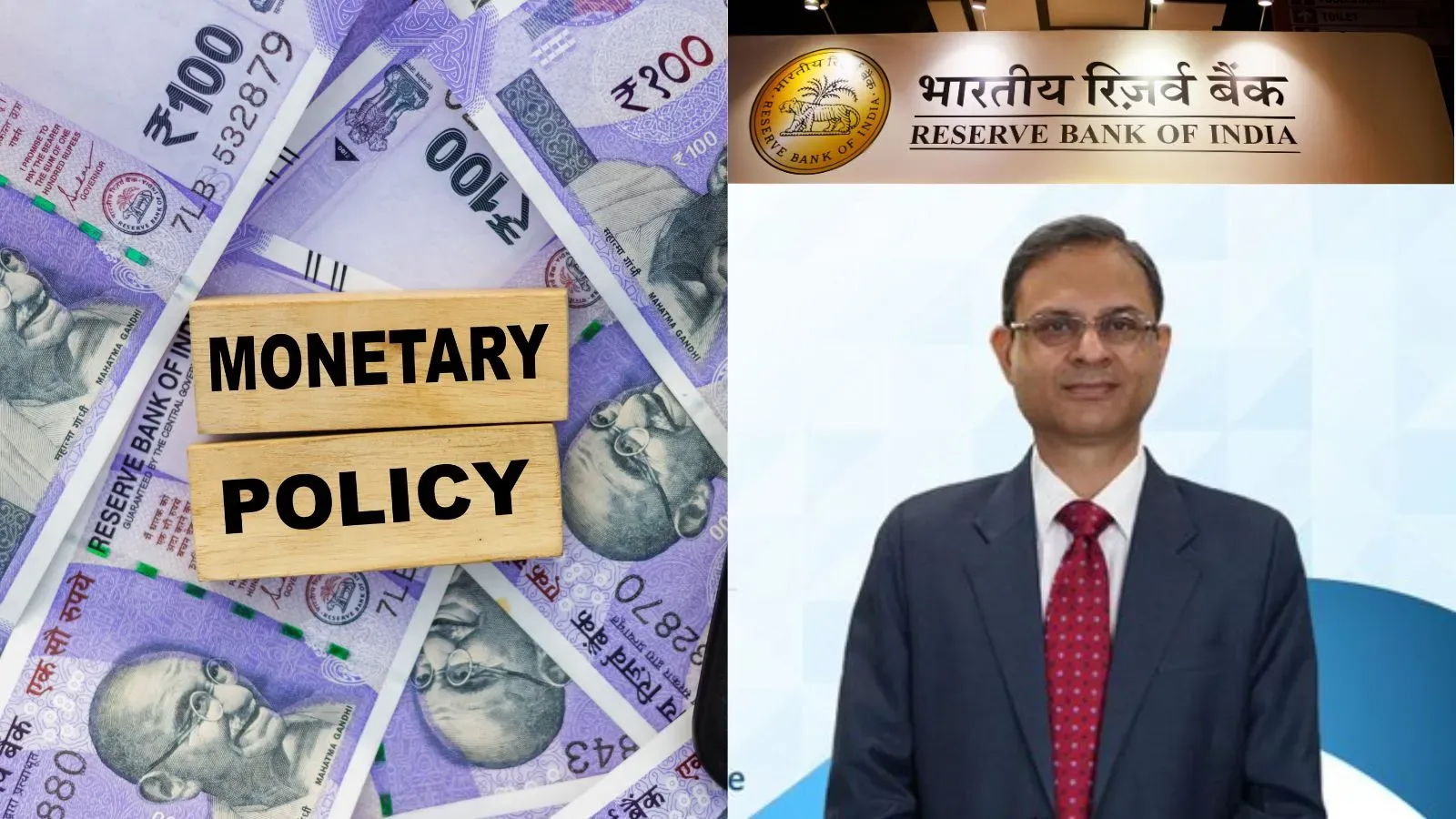Business News
Unified Pension Scheme cleared by Cabinet, 23 lakh govt employees to benefit: All you need to know
.png)
3 min read | Updated on August 25, 2024, 06:51 IST
SUMMARY
Unified Pension Scheme news updates: The scheme guarantees a minimum assured pension which will be equivalent to 50% of the basic salary of the last 12 months before retirement. This will be applicable for government employees who complete at least 25 years in service.

Union Minister Ashwini Vaishnaw briefed the press following the Union Cabinet meeting (File image: PIB)
Unified Pension Scheme news updates: The Union Cabinet, in a meeting chaired by Prime Minister Narendra Modi on Saturday, August 24, gave its nod to the Unified Pension Scheme (UPS).
The scheme will benefit around 23 lakh central government employees, Union Minister Ashwini Vaishnaw said, while briefing the press. "There will be an option for the employees to opt between NPS (National Pension System) and UPS," he added.
The new scheme guarantees a minimum assured pension which will be equivalent to 50% of the basic salary of the last 12 months before retirement. This will be applicable for government employees who complete at least 25 years in service.
Employees can opt for UPS from the next fiscal year i.e. April 1, 2025, as per a release issued by the government following the Cabinet meeting.
Here are some of the key features of the scheme:
-
Assured family pension: The immediate kin of the deceased employees will be eligible to receive 60% of the pension amount.
-
Guarantees minimum pension: ₹10,000 per month will be the minimum pension amount that retired government employees will be paid, upon superannuation after at least 10 years in service.
-
Inflation indexation: Similar to dearness allowance for government employees, the pensioners will be eligible for dearness relief based on the All India Consumer Price Index for Industrial Workers (AICPI-IW). Both, the DA and the DR, are periodically raised by the government to offset the impact of inflation.
-
Provisions of UPS will apply to past retirees of NPS (who have already superannuated). Arrears for the past period will be paid with interest at Public Provident Fund (PPF) rates.
-
Existing as well as future employees will have an option of joining NPS or UPS. However, the choice, once exercised, will be final.
-
Under UPS, the employee contribution towards pension will not increase. However, the government's contribution will increase from 14% to 18.5%.
-
While UPS is being implemented by the Centre, the same architecture has been designed for adoption by state governments.
-
If also adopted by the states, then UPS can benefit over 90 lakh government employees who are presently enrolled under NPS.
The scheme has been approved at a time when a section of central government employees, along with the unions representing them, have marked their concerns over the National Pension Scheme (NPS).
The NPS, which allows employees to build a retirement corpus with regular investment during employment years, became mandatory for government staff who joined service after 2004. NPS replaced the old pension scheme (OPS), which guaranteed 50% of the last-drawn pay as the minimum pension.
The National Joint Council (Staff Side) of Joint Consultative Machinery (NC-JCM), a recognised body of central government staff and pensioners, had earlier appealed to the government to reinstate the OPS.
In 2023, the Centre had constituted a committee under then finance secretary TV Somanathan to look into the concerns raised by the employee forum related to NPS.
In her FY25 Budget speech last month, Finance Minister Nirmala Sitharaman noted that the NC-JCM has taken a constructive approach on its issues related to the NPS. The committee formed to look into the concerns has also made progress, she said. "A solution will be evolved which addresses the relevant issues while maintaining fiscal prudence to protect the common citizens," the minister further added.
By signing up you agree to Upstox’s Terms & Conditions
About The Author
Next Story

